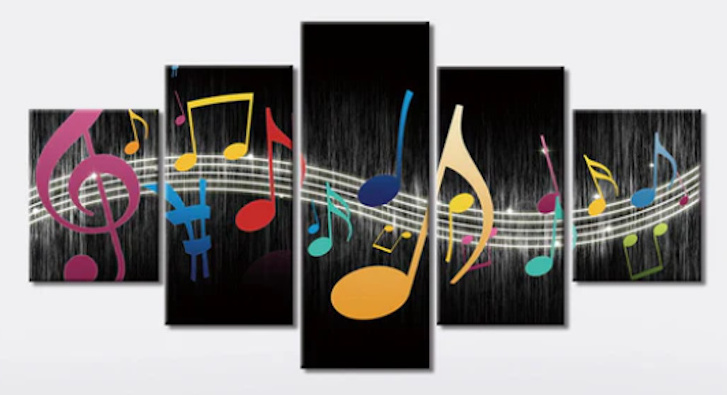
 |
|
|
|
The Evolution of Pop Music: A Journey Through Time: :The Blues: The Evolution of Blues Music: From Its Origins to the Present Blues music, one of the most influential genres in modern music, has a rich history that dates back to the late 19th century. Born from the African American experience in the southern United States, blues has evolved over time, shaping and being shaped by various musical styles. This article explores the journey of blues music, from its origins to its influence on contemporary music today. Origins of Blues Music The roots of blues music can be traced to the Deep South of the United States, particularly in the Mississippi Delta. Emerging from African musical traditions and spirituals, blues expressed the struggles, joys, and hardships of African Americans post-slavery. The music was characterized by call-and-response patterns, field hollers, and work songs, blending African rhythmic influences with Western musical structures. By the late 1800s and early 1900s, blues had begun to take a more defined shape. One of the first known blues songs, "Dallas Blues," was published in 1912, followed by other classics like "St. Louis Blues" by W.C. Handy, who is often credited with popularizing the genre. The Early Blues: 1920s - 1940s The 1920s saw the emergence of the first recorded blues artists. Mamie Smith's "Crazy Blues" (1920) marked a milestone as the first recorded blues song by an African American artist. This era also introduced classic blues singers such as Bessie Smith and Ma Rainey, who brought blues to a national audience. In the 1930s and 1940s, blues evolved into two major styles: Delta Blues and Chicago Blues. Delta Blues, epitomized by artists like Robert Johnson and Son House, featured raw, acoustic sounds and slide guitar techniques. Chicago Blues, on the other hand, emerged as African Americans migrated north, bringing the blues with them. Artists such as Muddy Waters and Howlin' Wolf electrified the blues, incorporating amplified guitars, harmonicas, and a full band setup. Blues and Rock n Roll: 1950s - 1970s During the 1950s and 1960s, blues became a foundation for rock n roll. Pioneering musicians like B.B. King, John Lee Hooker, and Elmore James blended blues with electric guitar riffs, paving the way for artists like Chuck Berry and Little Richard. This period also saw British musicians embracing the blues, leading to the British blues boom of the 1960s. Bands like The Rolling Stones, The Yardbirds, and Led Zeppelin drew heavily from American blues, reintroducing the genre to a new audience. The 1970s saw blues rock flourish with artists like Eric Clapton, Stevie Ray Vaughan, and The Allman Brothers Band incorporating blues into mainstream rock music. However, pure blues started to decline in mainstream popularity, though it remained influential in other genres. Modern Blues: 1980s - Present The blues continued to evolve through the 1980s and 1990s, with artists like Robert Cray, Buddy Guy, and Bonnie Raitt keeping the genre alive. The digital age also saw a blues revival, with indie and alternative artists incorporating blues elements into their music. Today, blues continues to influence various genres, from rock and country to hip-hop and pop. Contemporary artists such as Gary Clark Jr., Joe Bonamassa, and Christone "Kingfish" Ingram are carrying the blues tradition forward while infusing modern styles into their music. Conclusion Blues music has come a long way from its origins in the Mississippi Delta. Though it has transformed over the decades, its core elements of emotional storytelling, powerful instrumentation, and cultural significance remain intact. The blues is not just a genre; it is a testament to the human experience, and its legacy continues to inspire musicians worldwide. |
|
|